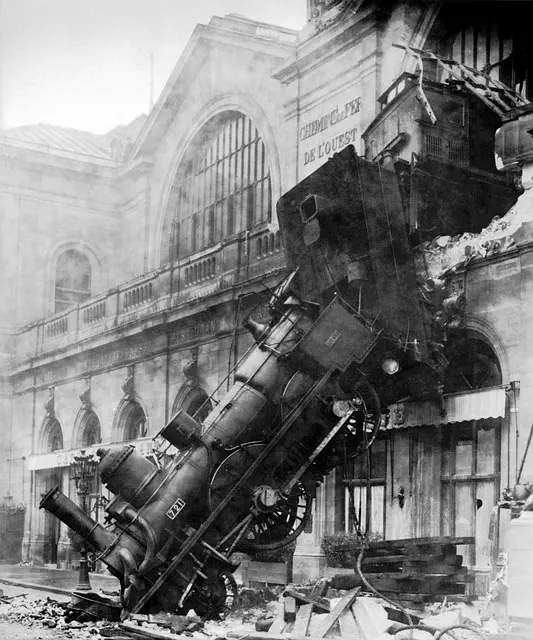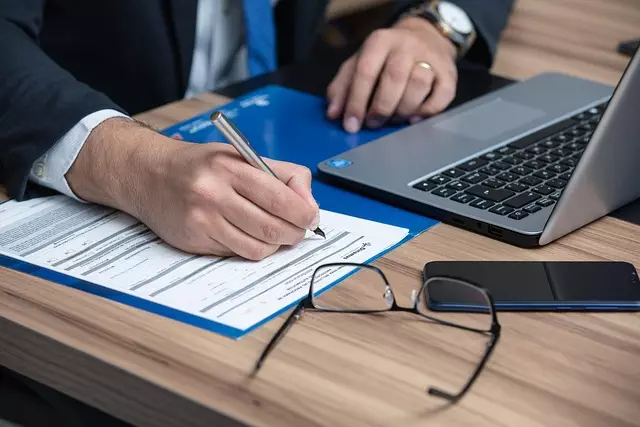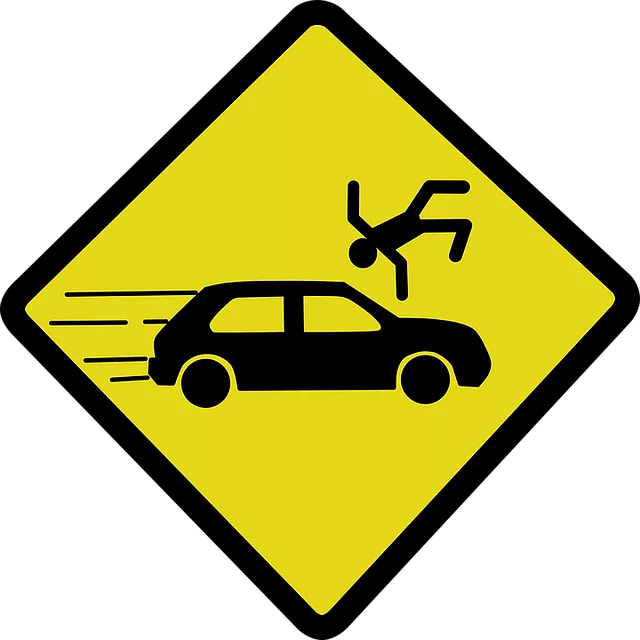Bus Company Liability Cases in Brooklyn, NY, are prevalent due to slip and fall accidents affecting residents and visitors in Queens. These incidents occur on sidewalks, transit stations, and private properties, leading to significant injuries. Bus companies have a duty of care to ensure passenger safety, and negligence can result in legal recourse based on local laws. Cases focus on proving bus company liability through evidence of hazardous conditions like slippery surfaces, poorly maintained flooring, inadequate lighting, and irregular floor surfaces. Transit authorities are legally obligated to address safety concerns promptly, while passengers should remain vigilant. Property owners in Queens also have a responsibility to maintain safe premises, reducing slip and fall risks. Bus Company Liability Cases can lead to compensation for medical expenses, pain and suffering, lost wages, and related costs.
Slip and fall injuries in Queens, New York, can have severe consequences. This article delves into the multifaceted issue of slip and falls, exploring key aspects such as understanding accidents, bus company liability under the law, common causes in public transport hubs, property owner responsibilities, compensation through personal injury claims, and highlighting notable bus company liability cases in Brooklyn. By examining these elements, we aim to equip readers with knowledge and insights into navigating potential legal paths after such incidents.
- Understanding Slip and Fall Accidents in Queens
- Bus Company Liability: A Legal Perspective
- Common Causes of Slip and Falls in Public Transportation Hubs
- The Role of Property Owners and Management in Injury Prevention
- Compensating Victims: Personal Injury Claims in Brooklyn
- Case Studies: Notable Bus Company Liability Cases in New York City
Understanding Slip and Fall Accidents in Queens

Slip and fall accidents are a common occurrence in Queens, New York, leading to significant injuries for many residents and visitors alike. These incidents can happen anywhere—from busy sidewalks and public transit stations to private properties, including homes and businesses. In Queens, understanding the causes and responsibilities associated with slip and fall cases is crucial, especially considering the high pedestrian traffic and diverse urban landscape.
One notable aspect of slip and fall injuries in Queens is the potential involvement of bus company liability cases, particularly in Brooklyn. Bus companies have a duty of care to ensure the safety of their passengers both on board and during transit. When a passenger slips or falls due to the bus company’s negligence—such as poor maintenance, unsafe routing, or driver inattention—it may lead to legal recourse for the injured party. The complex nature of these cases often requires meticulous investigation and understanding of local laws and regulations governing transportation and liability.
Bus Company Liability: A Legal Perspective

In Slip and Fall Injuries in Queens, bus company liability is a critical legal aspect to consider. When passengers suffer injuries due to accidents on public transportation, establishing fault becomes paramount. Bus companies have a legal obligation to maintain safe conditions for their riders, ensuring that routes are free from hazards that could lead to slips and falls. This responsibility extends beyond just the vehicle’s operation; it includes the inspection and upkeep of boarding areas, platforms, and stops. Legal cases involving bus company liability in Brooklyn often revolve around proving negligence in these areas.
Passengers who sustain injuries may have grounds for legal action if they can demonstrate that the bus company failed to meet its duty of care. This involves showing that the company was aware or should have been aware of a dangerous condition, and despite this knowledge, did not take reasonable steps to correct it. In Bus Company Liability Cases Brooklyn, plaintiffs must provide evidence of the incident, medical records, and expert opinions to strengthen their claims, ultimately aiming for compensation for their pain, suffering, and related expenses.
Common Causes of Slip and Falls in Public Transportation Hubs

Slip and fall accidents are a significant concern at public transportation hubs, including bus stations in Queens. Common causes often include slippery surfaces from rain or ice, poorly maintained flooring, inadequate lighting, and irregular floor surfaces. Bus companies and transit authorities bear a legal responsibility to ensure the safety of passengers, addressing these issues promptly through regular cleaning, repair, and improvement of facilities.
In Brooklyn, bus company liability cases have brought attention to the importance of safe pedestrian areas around stops and stations. These incidents highlight the need for proper signage, clear marking of potential hazards, and adequate security measures to prevent accidents. Passengers should be aware of their surroundings, especially during adverse weather conditions, to minimize the risk of slip and fall injuries in these high-traffic areas.
The Role of Property Owners and Management in Injury Prevention

Property owners and management play a crucial role in preventing slip and fall injuries, which are all too common in New York City, including Queens. They have a legal obligation to maintain their premises in a safe condition for visitors. This includes regularly cleaning up spills, repairing uneven surfaces, and ensuring adequate lighting, especially in areas with high foot traffic. For businesses, such as bus companies operating in Brooklyn, this means maintaining the safety of nearby sidewalks and parking lots where passengers may be getting on or off buses. Negligence on the part of owners or managers to uphold these duties can lead to Bus Company Liability Cases in Brooklyn and beyond.
Regular inspections and prompt response to maintenance issues are key strategies for injury prevention. For instance, managing icy conditions during winter months is a top priority as it poses a significant risk. Additionally, proper signage and caution tape should be used around construction sites or areas with potential hazards to warn pedestrians. By prioritizing safety measures, property owners can significantly reduce the likelihood of slip and fall incidents, thereby minimizing legal repercussions and ensuring a safer environment for all Queens residents and visitors.
Compensating Victims: Personal Injury Claims in Brooklyn

When individuals suffer injuries due to slips and falls in Brooklyn, they may be entitled to compensation through personal injury claims. These legal actions hold particular relevance in cases involving bus company liability. Bus companies have a duty of care to ensure the safety of their passengers, and when this responsibility is neglected, resulting in accidents, victims can seek damages. Personal injury claims allow for the recovery of medical expenses, pain and suffering, lost wages, and other related costs associated with the accident.
In Brooklyn, bus company liability cases often involve complex legal strategies where attorneys must demonstrate negligence on the part of the transportation entity. This includes proving that the bus operator or maintenance staff breached safety protocols, leading to hazardous conditions that ultimately caused the slip and fall incident. Understanding the intricate details of these cases is crucial for victims aiming to secure the compensation they deserve for their injuries.
Case Studies: Notable Bus Company Liability Cases in New York City

In New York City, particularly in bustling Brooklyn, bus company liability cases have been a significant area of legal focus due to the high volume of public transportation usage. Notable case studies include instances where passengers have suffered slip and fall injuries on buses operated by major transit authorities. These incidents often stem from unsafe conditions, such as slippery floors or poorly maintained seating areas. Legal precedents have established that bus companies have a duty of care to ensure passenger safety throughout their journeys.
One prominent case involved a passenger who slipped on a wet floor inside a Brooklyn bus, leading to significant injuries. The court ruled in favor of the plaintiff, emphasizing the bus company’s responsibility for maintaining a safe environment. Similar cases have set important legal standards, holding transit systems accountable for prompt cleanup of spills and regular inspection of vehicles to prevent such accidents. These outcomes serve as reminders that bus companies must prioritize passenger well-being to avoid liability.
Slip and fall injuries in Queens, often linked to bus company liability and property management negligence, can have significant impacts on victims. Understanding the legal aspects, common causes, and prevention strategies outlined in this article is crucial for navigating compensation claims in Brooklyn. Case studies of notable bus company liability cases in New York City serve as a testament to the importance of holding responsible parties accountable. By recognizing and addressing these issues, the city can strive towards creating safer public transportation hubs and compensating victims fairly.
